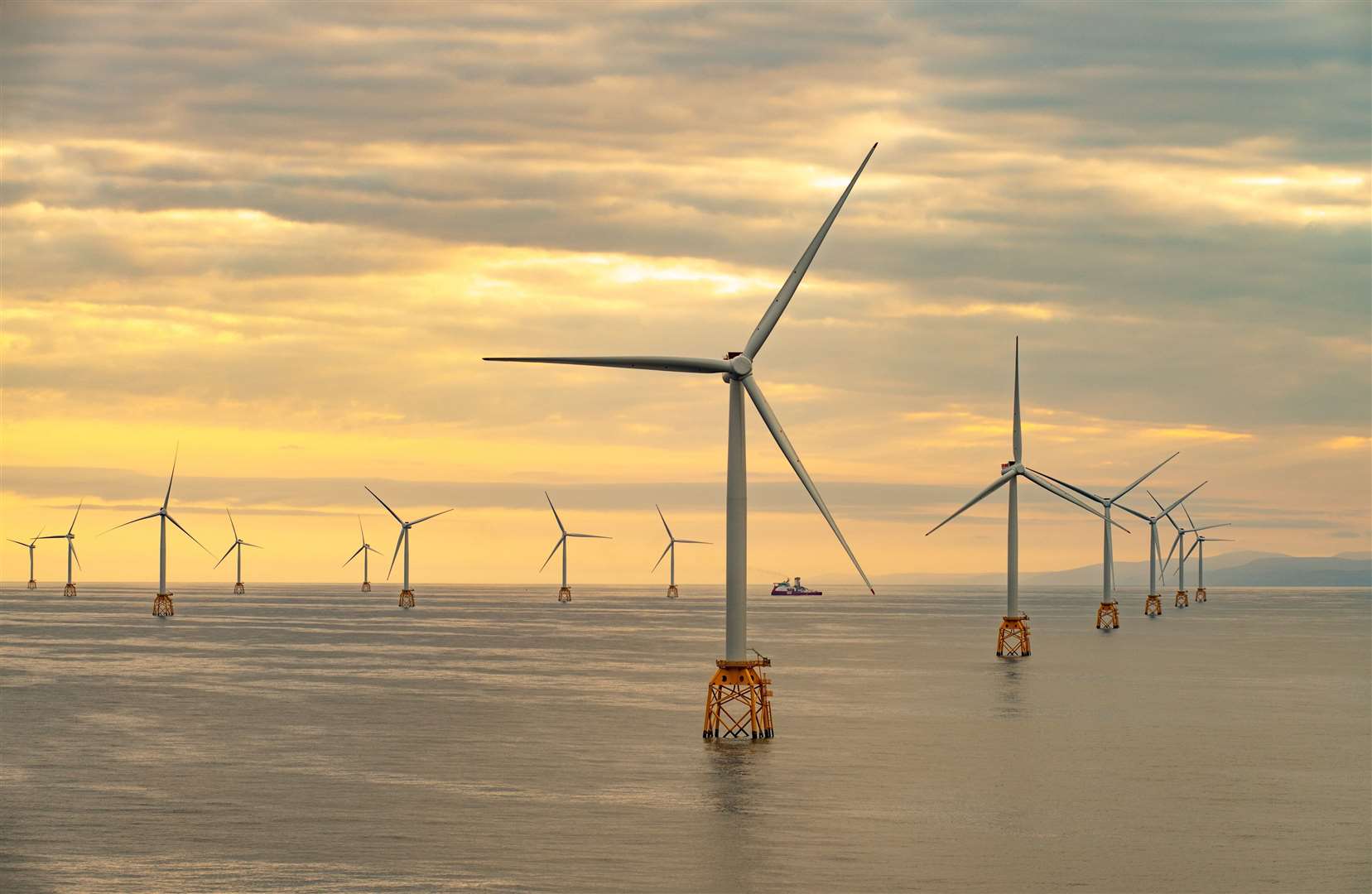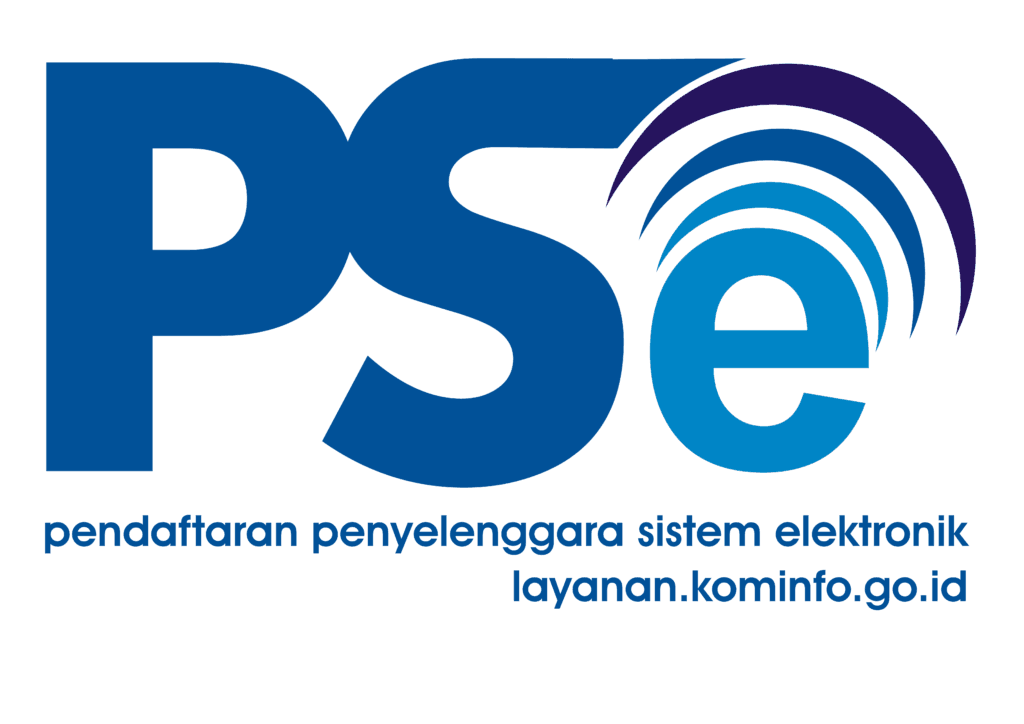
- The offshore wind farm is considered to be one of the renewable power generation media that is relatively cheap and efficient.
- An offshore wind farm can be defined as a power plant that contains all the facilities needed to capture wind power, transform it into electricity and supply it to the leading electricity network.
- However, many challenges are faced in building an offshore wind farm in Indonesia
The offshore wind farm is considered to be one of the renewable power generation media that is relatively cheap and efficient. However, many challenges are faced in building an offshore wind farm in Indonesia. Such as the lack of wind land, development prices that are still expensive, etc. Then, can the development of offshore wind farms in Indonesia be a solution to increasing electricity resources in Indonesia?
An offshore wind farm can be defined as a power plant that contains all the facilities needed to capture wind power, transform it into electricity and supply it to the leading electricity network.
Also Read
- The Future of Wind as Our New Hope in Renewable Energy
- Get to Know PLTB Jeneponto, The 2nd Largest PLTB in Indonesia With Beautiful Scenary
The kinetic energy derived from the wind fluid will drive the windmill, then move the turbine that produces mechanical power. The generator will convert the mechanical energy into electrical energy. This windmill functions as a turbine that will rotate due to the flow of wind through it. Rotation from the turbine will rotate the generator, and from this generator, electricity will be generated. The electricity generated will be channelled through submarine cables to offshore substations. From offshore substations, electricity will be delivered to onshore substations, and from onshore substations, electricity will be distributed to consumers.
In general, wind power plants (PLTB) are divided into two types: onshore wind and offshore wind. Onshore wind is a wind power plant that utilizes wind on land. The potential of offshore wind has developed quite a lot, especially in Europe and North America. Supported by the prospect of offshore wind resources and human resources (skills) that are very feasible to be developed, such as wind speeds that are pretty strong.
Yet, the offshore wind industry has struggled to gain a toehold in U.S. waters for decades. High costs, limited state and federal support, and opposition from a coalition of stakeholders—including shorefront communities that don’t want turbines spoiling their views—have been prohibitive. To reach that target, though, the U.S. has to get building. “There’s a lot of infrastructures that’s going to be needed,” Speakes-Backman says.
Also Read
- Yuk!! Kenali Manfaat Kincir Angin untuk Kehidupan Sehari-hari
- Keren!! Turbin Angin Terbesar di Dunia Mulai Dipasang
To accommodate the electricity arriving from offshore, utilities will have to add new transmission infrastructure to the grid, including coastal substations to receive the electricity and new power lines to funnel it into cities. While it will be possible to repurpose some infrastructure initially built for coal and nuclear power plants, “the interconnection points on the shore for the offshore wind areas are pretty limited,” Speakes-Backman says. “This could be a bottleneck.
Meanwhile, in Indonesia, the potential for offshore wind PLTB, based on World Bank data, reaches 277 GW (Gigawatt). The most significant potential for offshore wind power is found on the South Coast of Java, the South Coast of Sulawesi and the Coast of Papua Island.
However, according to one of the manufacturers of offshore wind turbines and generators, General Electric (GE), in Indonesia, offshore wind PLTB has yet to make significant progress because it is still a feasibility study in several marine area locations that have this potential.
Meanwhile, several studies of the potential feasibility of offshore wind PLTB in Indonesia have yet to receive satisfactory results. Indonesia has a moderate sea breeze of around 3.4 – 4.5 m / second and is categorized as a low-middle class. Thus, in terms of economy, offshore wind power plants’ development has yet to be profitable or economical. The cost of construction or construction is greater than the electrical energy produced.
It can be concluded that wind gusts/speeds in Indonesia cannot be developed optimally because the wind speed factor in Indonesia is not yet feasible to be developed into an offshore wind PLTB. It differs from the gusts/wind speeds in Europe and America, which have powerful wind speeds and are worthy of being developed into offshore winds.
References:
[1] Pembangkit Listrik Tenaga Angin Lepas Pantai (Offshore Wind)
[2] Offshore wind is poised to take off in the U.S.—but it won’t be easy



Comment closed